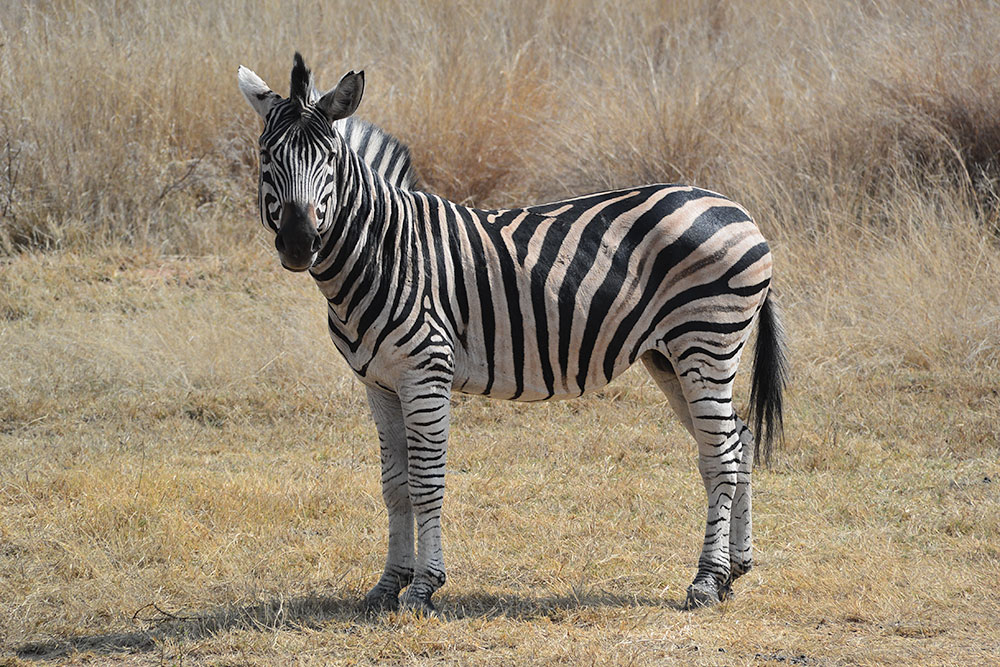
Zebra Pilanesburg Nature Reserve. Photo by
Tom Grotta
We had the opportunity to spend nine days in South Africa this month — Johannesburg, Capetown, Stellenbosch. A glorious country; a splendid trip and lots of art to write about. The big news, of course is the Zeitz Museum of Contemporary African Art.
https://www.afar.com/magazine/get-the-inside-scoop-on-cape-towns-new-zeitz-mocaa?category=overview&guide=21&email=art@browngrotta.com&utm_source=Sailthru&utm_medium=email&utm_campaign=Kindness of Strangers&utm_term=Daily Wander Newsletter
MOCAA opening in Cape Town
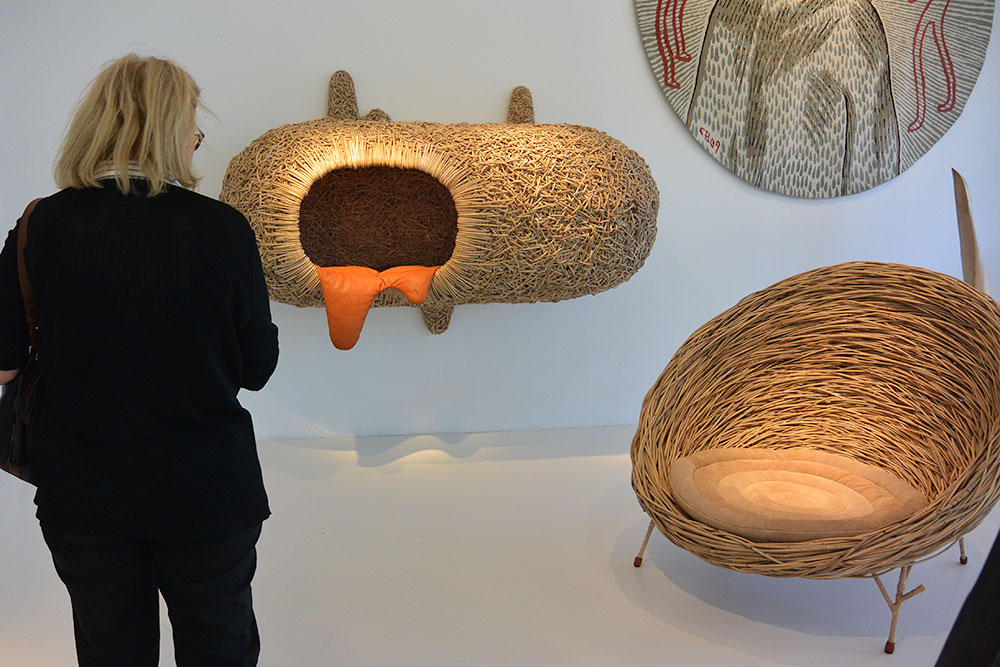
Porky Hefer’s Mud Dauber Sleeping Pod wall sculpture at the Southern Guild Gallery Cape Town, South Africa. Photo by Tom Grotta
We visited other galleries, including Kim Sacks in Jo’Burg, Kalk Bay Modern and Artvark, greatly appreciating Mark Hilltout’s works photo of woven metal and Yda Walt’s photo provocative appliques on our gallery tours.
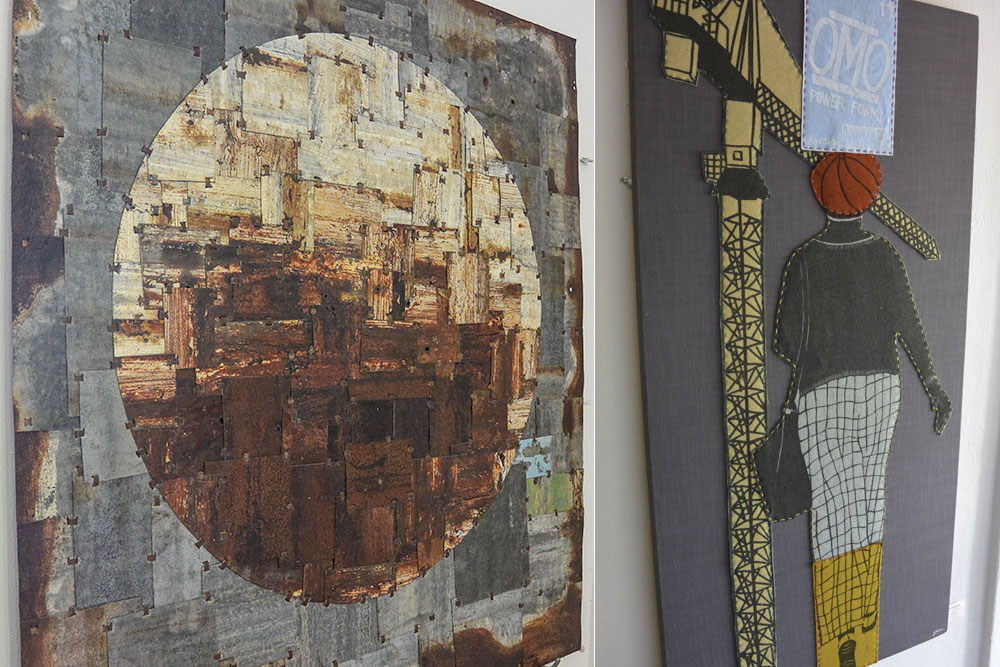
Mark Hilton Metal Work and Yda Walt appliqué quilts. Photos by Tom Grotta
William Kentridge, Said Mahmoud, Lyndi Sales and Mark Rautenbach were on display at restaurants and wineries we visited (Shortmarket Club, Tokara and Delaire Graff in these shots).
Just as captivating were the vibrant handicrafts — on the streets and in the shops in Woodstock and Bo-kaap and along the coast. The http://www.fodors.com/world/africa-and-middle-east/south-africa/cape-town-and-peninsula/experiences/news/art-lovers-guide-to-cape-town-12123 Simon’s town sculptures.
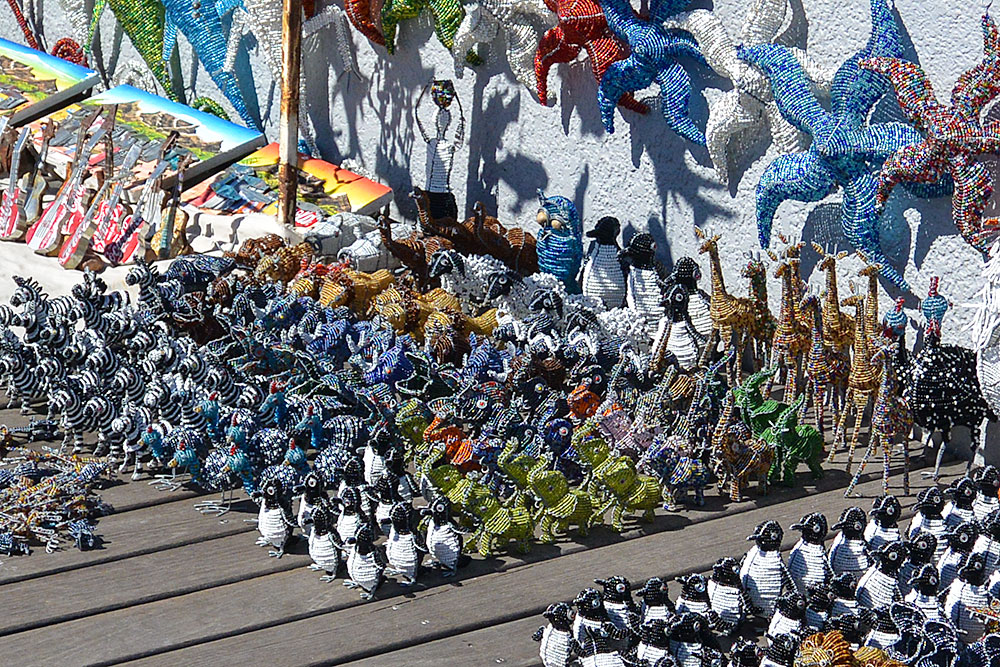
Simon’s Town Street bead art. Photo by Tom Grotta
A Nigerian embroidery and an antique rattle basket found their way into our suitcase home.
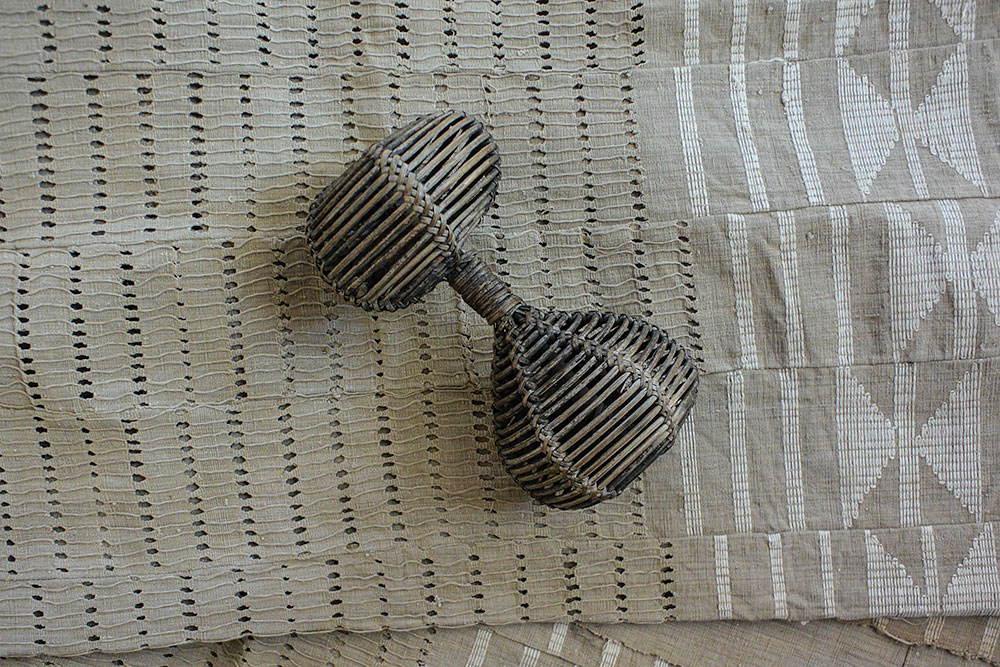
Nigerian Blanket and Rattle. Photo by Tom Grotta
Art and oogling and eating, aren’t all. The historical stops we made – the Apartheid Musuem, Robben Island, Nobel Square — were moving and insightful ways to urge people remember the past while forging a better future.
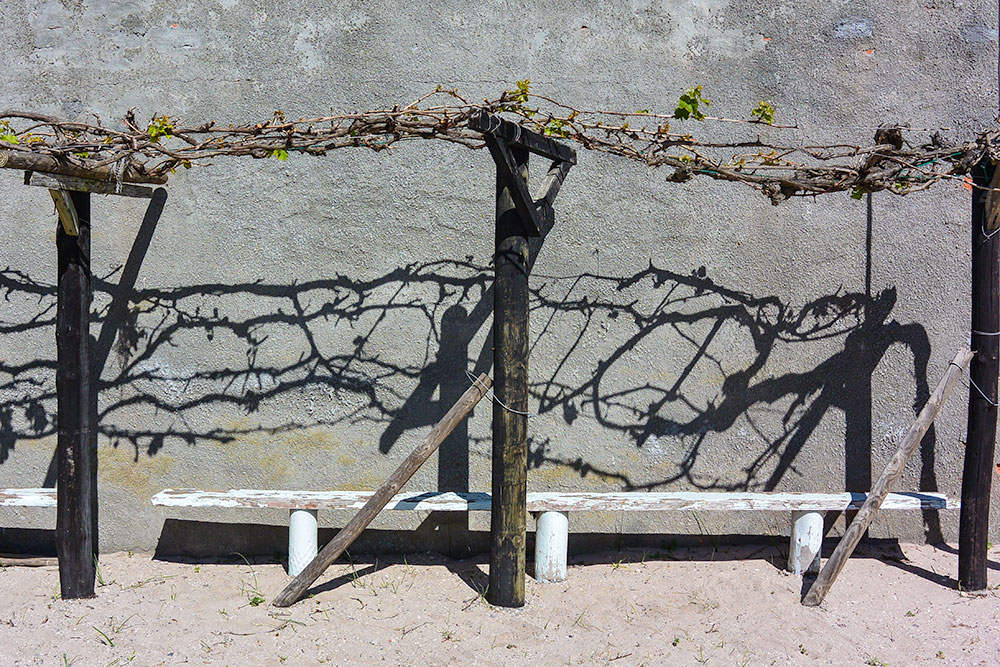
Nelson Mandella’s Garden in Robben Island Prison. Photo by Tom Grotta
If South Africa has been on your must- or even maybe-visit list, just go. The people are open and inviting, the wine and food world class and the natural beauty is nonstop.
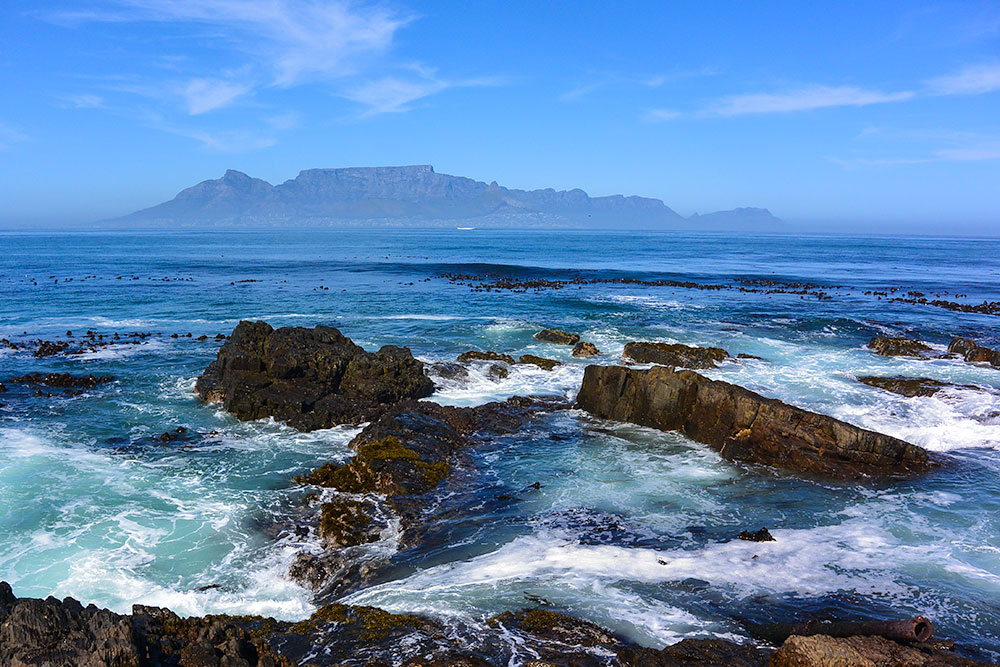
Table Mountain South Africa, View from Robben Island. Photo by Tom Grotta

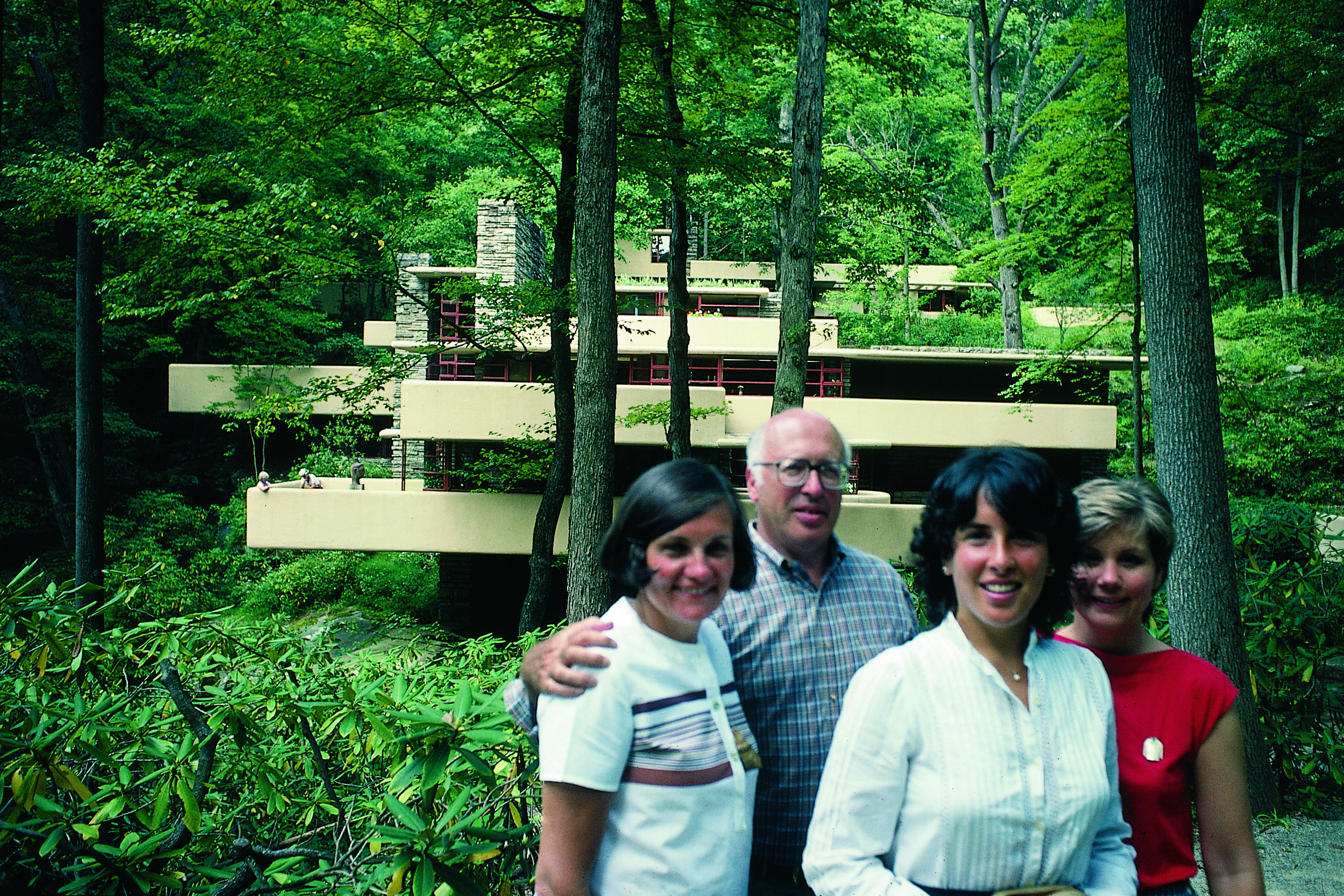
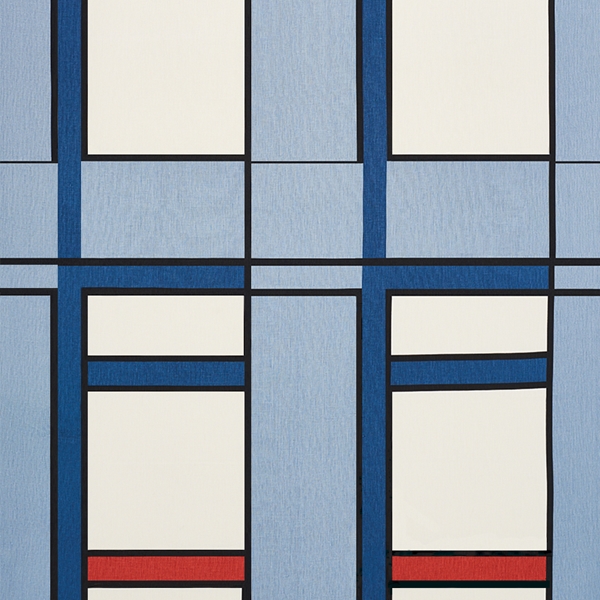
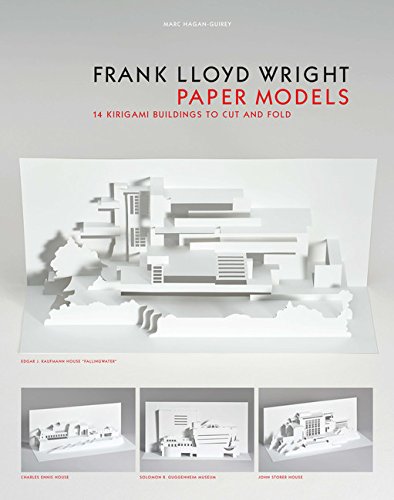
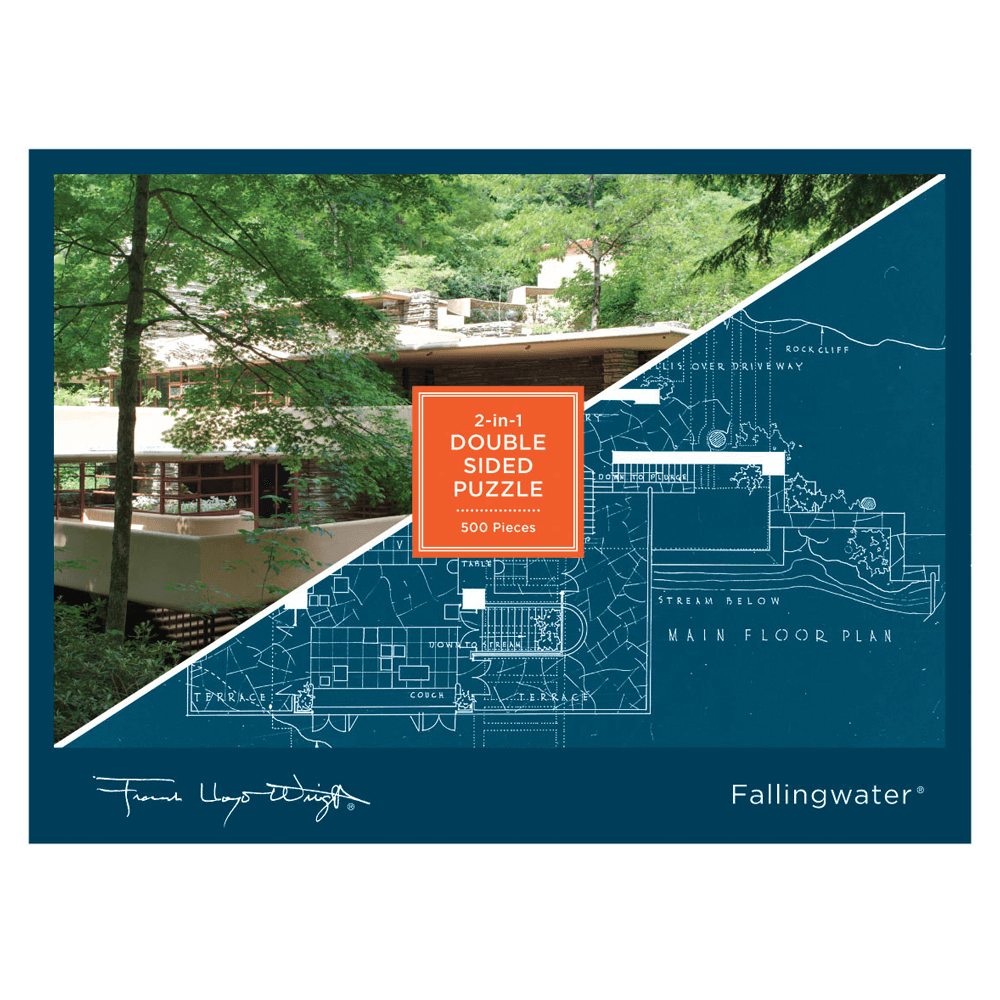
Guest Post: David Ling at Haystack School of Crafts, Deer Isle, Maine
photo by David Ling
Nestled into the stoney evergreen clad ledge that seems to slip effortlessly into the atlantic off the coast of Deer Isle Maine, Haystack was to prove a desirable radical contrast to New York City, business and routine.
1000 miles, six ferries, two weeks of glass workshop, 42 haystack meals (in addition to the 10 lobster rolls en route) no cell connection and barely any online connection, the contrast was complete.
photo by David Ling
Initially drawn to haystack for its architectural and landscape setting as well as the reputation I heard over the decades of serving collectors and working with the artisans, I wanted to experience haystack for myself.The link between my architectural practice and haystack is glass. I love glass. With my Modernist Bauhaus background, I grew to appreciate and love glass. Starting with Paul Scheerbart, Bruno Taut, and the Crystal chain letters, glass took on utopian mythical proportions. Studying in Crown Hall, Mies’ glass temple to architectural education, I loved watching how the translucent glass captured light and became a filter for experiencing nature. Later, after starting my own practice, I created glass windows, glass floors, glass ceilings, glass roofs, glass furniture all using
photo by David Ling
tempered, laminated, annealed, acid etched, sandblasted, fractured glass in my work. But that’s where the similarities end. The very physical act of working with glass was to prove radically different from using glass in my architectural practice. I discovered that the very process of blowing glass requires teamwork, physical participation. Working with glass I found, required both focus and a peripheral awareness of my collaborators, heat –and not just any heat but adjusting heat with time in the air, contact with the stainless steel marver, water and wood. I found the luminous fluid quality of molten glass mesmerizing. Streams, puddles and droplets of liquid light.
In contrast to the flat planar architectural applications of glass, I learned through experimentation how glass could take on other qualities in its molten state: elastic, malleable, impervious, explosive, optical. I also started relearning how to experiment, explore and return to a childlike curiosity.
photo by David Ling
While I’m not sure how haystack will affect my future work, I am compelled by not just glass itself but how light and water play with glass. On a personal level I rediscovered child like playfulness, learning to experiment and embracing trial amd error. Collaborating with my classmates was a balletic choreography involving heat and light.
Our instructor Bo Yoon was instrumental in opening my eyes to the unique qualities of glass, not just technique.
As a class, we collectively produced a glass boat, a tree draped in glass strands, mini glass grenades, water filled glass prisms and lenses. One of the most interesting thrusts of Bo’s class and when I was most interested in was the combination of the qualities of glass interacting with water and light. With my rudimentary skills and overwhelming help from Bo, teaching assistants and fellow classmates I produced a diving bell helmet out of class. With an unobstructed view of the underwater world I could bob in the Atlantic coastal waters, listening to my own breathing and waves amplified by the buoyant glass bubble.
David Ling Architect
davidlingarchitect.com